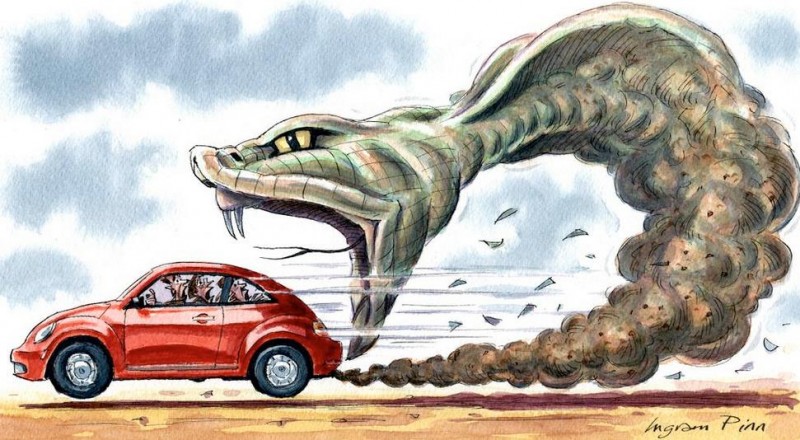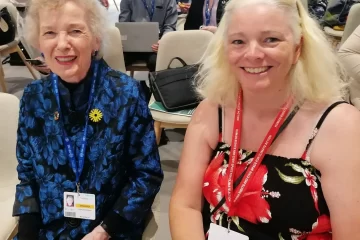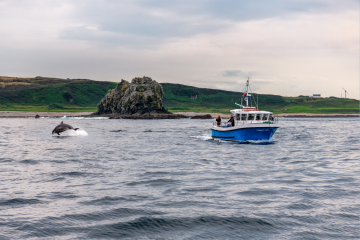General Election 2020 – the ‘necessity of left unity’

February 4th, 2020
Much has been said recently about the need for unity across the wide spectrum of left politics in Ireland. In today’s evermore degraded environment and society, the rationale for close collaboration is clear.
As the resident of the highest office in the land has recently stated: “The world needs to move away from the prevailing neo-liberal economic model to one linking ecology, economy and society if humankind is to successfully address climate change.”
In this light, numerous parties in Ireland present themselves as being the alternative to the old guard of Irish Toryism and gombeen politics.
Yet as resources of the left are split in terms of volunteers and activists, policies being promoted and the communication of differing messages, achieving a welfare-oriented Government that actively invests in services and infrastructure is hindered. The result is the continuation of conservative and market-oriented governments.
The division amongst parties of the left makes it easier for the old guard to pit natural allies against one another. The example of O’Devaney Gardens is symbolic of this.
If one looks at the latest polls, if one puts together all the parties which are on the left of the political spectrum the figure hovers close to or above 40 per cent. When one thinks back the Together for Yes campaign, a core reason for its overwhelming success was the fact that people who come from different backgrounds both individually but also politically were able to unite and put all their effort towards attaining the same goal.

Two-step solution
The election of a progressive Government can be attained through the implementation of two steps. Firstly, it is important that the correct number of candidates run in each constituency to ensure that no votes are wasted.
Take the constituency of Dublin Bay South in the last general election for example. Eamon Ryan, leader of the Green Party, was elected. However, if one looks at the percentage of votes for other progressive parties, the total remaining share of the vote was just over 31 per cent. Had only two progressive candidates stood in this constituency, it is likely that two progressive candidates would have been elected.
Regarding the theme of individual interest within a divided left, say a Labour candidate is elected in Louth, by taking the final seat currently held by Sinn Féin. While this is good from a Labour perspective, it will be irrelevant from an Irish left perspective in that it is one progressive candidate replacing another rather than progressives gaining a seat at the expense of Fine Gael or Fianna Fáil.
This example illustrates the imbalance between the support for the establishment of a progressive Government by all parties on the one hand and the importance of party self-interest whereby the intention of each party is to maximise the levels of representations they have in the Dáil on the other.
Secondly, in order to avoid confusion and misrepresentation of what a progressive government would look like, a single progressive manifesto should be developed from the input of all those involved in politics on the left, as well as those who are non-aligned politically but active in civic society working together for a common goal.
The success of the ‘contraption’ or alliance amongst the parties of the left in Portugal is a testament that irrespective of jibes from the establishment parties, a united left can enhance societal well-being without bringing the economy into disrepair.
A Together for Change movement, inspired by the Together for Yes campaign, composing of the various progressive parties and organisations united behind a single progressive manifesto can reduce inequality and improve the lives of Irish people for the future.
Ultimately, if our ambition in achieving a just and sustainable society is to be realised, it is paramount that a united approach amongst all those of a progressive, leftist and environmentalist orientation is achieved.
By Kieran Harrahill
Kieran is a PhD researcher with UCD and Teagasc, focusing on an actor-oriented approach to understand the evolving interface between the bioeconomy and society in Ireland. Kieran also has a Master’s degree in Environmental Policy where he focused on ‘just transition’ policies in regions dependent on coal for employment.







